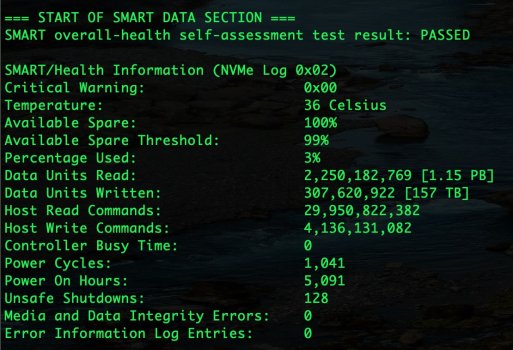I just think it's overblown. Apple's burnt itself on multiple occasions with the Mac, can you imagine the fallout of every single Mac being shown to be deliberately short lived due to the SSD...Probably hypocritical of me to say this because with another head on I've been crowing loud about the M2 SSD-gate "scandal" but I think you're right in this instance. Stop looking at numbers and just use the bloody computer for what you bought it for.
I use my 2011 15" as an example, yet its not really a good example as is vastly differing technology. I'm of the mind that I don't care, nor will I unless the M1 SSD dies which I seriously doubt. TBH the weakest link in the battery and the users willingness to replace it...
Q-6


